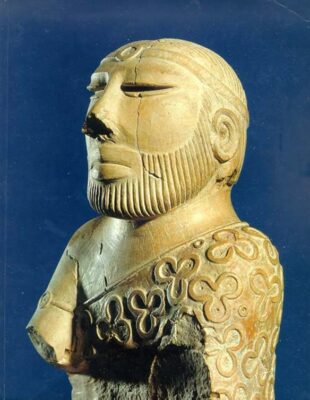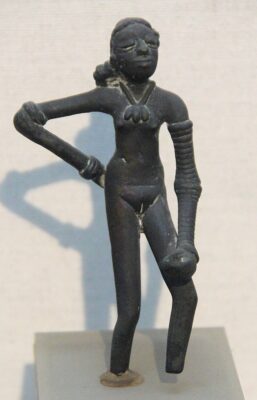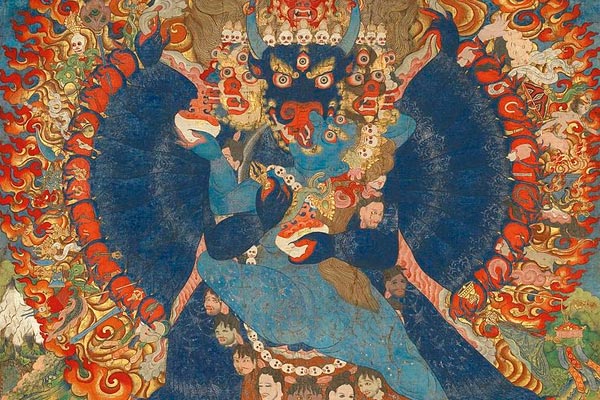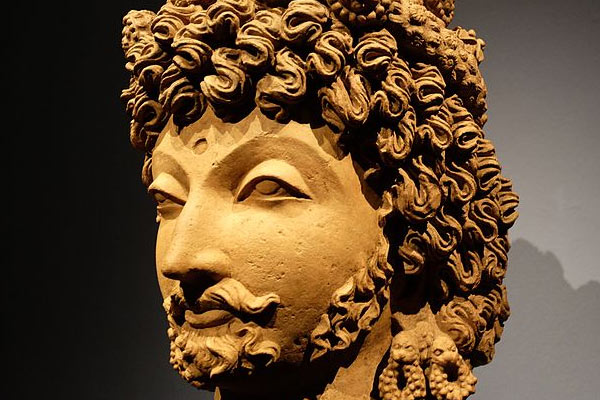Indus Valley Art
A cradle of civilization
These discoveries establish the existence in Sind and the Punjab, during the fourth and third millennium B.C., of a highly developed city life; and the presence, in many of the houses, of wells and bathrooms as well as an elaborate drainage-system, betoken a social condition of the citizens at least equal to that found in Sumer, and superior to that prevailing in contemporary Babylonia and Egypt… Even at Ur the houses are by no means equal in point of construction to those of Mohenjo-daro.”
Sir John Marshall, archaeologist, “The Prehistoric Civilization of the Indus”.
Image: ‘Priest-King’, c. 2000-1900 BC. Fired steatite, 17.5 cm high. National Museum of Pakistan ·· “Dancing girl”, c. 2300-1750 BC. Bronze, 10.5 cm high. National Museum of New Delhi.
Of all the ancient cultures considered as possible ‘cradles of civilisation’, the Indus Valley culture is arguably the least known. This is largely due to the fact that rigorous archaeological excavations in the area did not begin until well into the 20th century, a very late date if we take into account the knowledge that already existed at that time of other great civilisations, such as Ancient Egypt or Mesopotamia.
Another feature that may explain this “oblivion” is that, despite being a highly populated region at its peak (estimated population between one million and five million) and with very advanced construction and infrastructure for the time, excavations in the Indus River Valley have not brought to light – unlike those carried out in the other two great civilisations mentioned above – monumental works of art that immediately caught the attention of Western eyes. Possibly the two best known works of art left to us by this civilisation are two small anthropomorphic sculptures about 4,000 years old. The “Priest-King” in the National Museum of Pakistan and the “Dancing girl” in the National Museum of New Delhi both come from Mohenjo-daro, then one of the largest cities not only in the area, but in the world.
This fascinating civilisation, which existed for at least two millennia, began to decline around 1900 BC. There are multiple theories as to what caused this decline, ranging from invasions by other peoples to climate change, in connection with the so-called 4.2 kilo-year event.
Follow us on:




